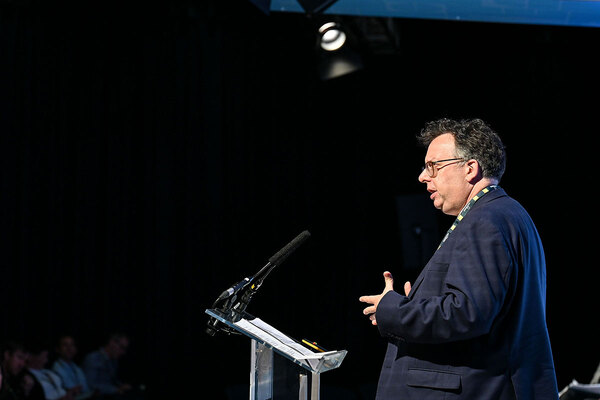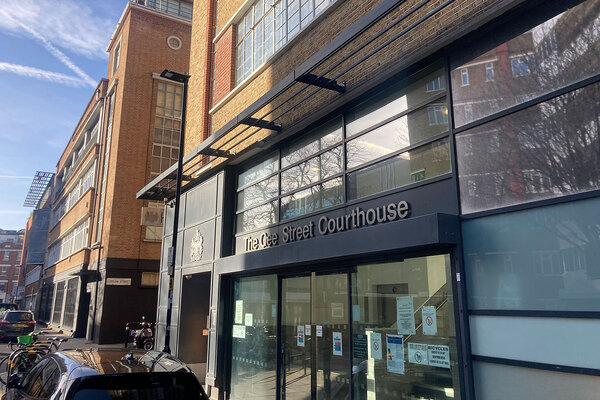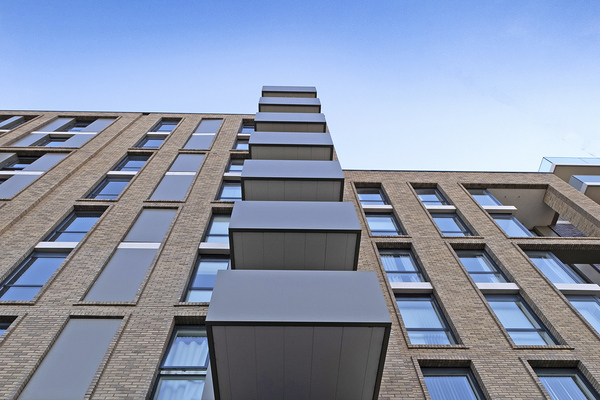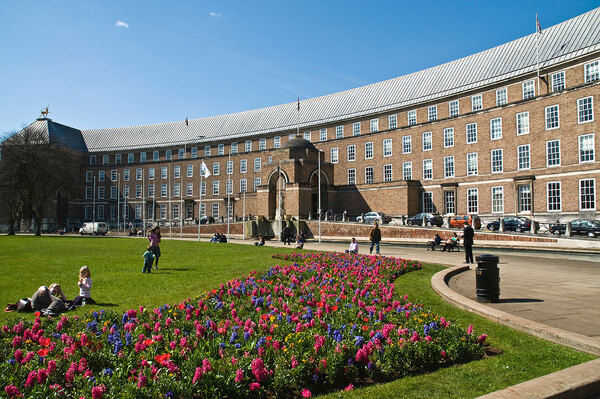 Jules Birch
Jules BirchFair rent?
 Jules Birch
Jules BirchThe proposed reduction of the ‘pay to stay’ cap to £60,000 raises introduces yet more contradictions into a policy that was already riddled with them.
Reports on Saturday (most comprehensively by Patrick Wintour in The Guardian) said a consultation paper will be published next month on the idea of charging social housing tenants a market rent once their income rises above a certain level. When the policy was first floated last year, the proposed household income was £100,000 but now Grant Shapps, with the backing of David Cameron, is apparently suggesting £60,000.
There are all kinds of problems and contradictions inherent in the idea (of which more later) but the immediate thing to notice is that this is the government mounting another deployment of what it sees as its most popular policy to date: the household benefit cap. Just as capping benefits to the level of someone on an average income (£26,000 a year) will make the welfare system fairer, so capping household income will make social housing fairer.
Why £60,000? The reports say the consultation paper will propose a range of figures with that being the lowest. According to the FT, No 10 likes this figure because it is the maximum income limit for other support schemes like shared ownership. The papers were briefed a £60,000 threshold would affect 34,000 households and mean their rent could rise by £70 a week or more. A cap set at the previously reported £100,000 is claimed to affect only 6,000 households. Presumably then this would not affect enough people or save enough (the ‘subsidy’ is put at £21.6 million at £100,000 but £122.4 million at £60,000).
So what are the problems with the idea?
First, it’s not at all clear where these figures come from. How many social landlords out there really know how much their tenants earn? Or how their circumstances have changed over time? Or how many people live in a particular property and are working at a particular time. At best this sounds like a guesstimate based on surveys but household income can change rapidly over time as children go out to work or people lose their jobs or people retire.
Second, someone should tell Downing Street about Boris Johnson’s First Steps scheme in London, for which the maximum income limit has just increased to £74,000.
Third, policing this will be a bureaucratic nightmare that threatens to change fundamentally the relationship between tenants and social landlords. Where landlords are not busy checking how many bedrooms their tenants are occupying they will become the income police, obliged to check the earnings of all their tenants at regular intervals.
Fourth, it’s not so long ago that a certain housing minister rejected the ‘pay to stay’ idea when it was put forward as an alternative to removing security of tenure from new tenants with fixed-term tenancies.
Fifth, it almost goes without saying that this would represent yet another breach of the Conservative manifesto promise to ‘respect’ the tenures and rents of social housing tenants and subsequent promises by Shapps that ‘we still have no plans to change the existing or future tenancies for people in social housing today’.
Sixth, the Guardian story includes the frankly incredible claim that ‘social housing has been increasingly taken up as an option by young professionals unable to afford to own their own home’.
Seventh, since this would apply to all social landlords, what does it say about the supposedly independent, non-public status of housing associations? If taxpayer ‘subsidy’ is going to their tenants then surely they are public bodies whose spending and borrowing should count against public totals? The FT report talks more narrowly about ‘council housing’ but if is restricted just to local authority tenants how it is ‘fair’?
I could go on but the list continues down to the most fundamental issue of all for me: who really has their housing subsidised?
Social housing tenants? It’s true that there is an initial subsidy in the form of grant or land or both but council housing nationally is now running at a profit, with tenants’ rents more than repaying the initial costs. None of the cost is paid by council taxpayers. Their rents are only ‘subsidised’ by comparison with market house prices and rents to which social housing is an alternative. On the same argument anyone who bought their home years ago for a fraction of today’s prices is also ‘subsidised’.
Tenants who use the right to buy? The logical response for a family with a household income of £60,000 a year facing a rent increase of £74 a week will be to take a look at Right to Buy 2. The mortgage may well be cheaper than the increased rent and the government has just doubled the maximum discount to £75,000. This is, of course, not a subsidy in any sense and there is no upper income limit.
Home owners? They are surely the ‘strivers’ who are paying for all that ‘subsidy’ – until you stop to think about it. First homes are exempt from capital gains tax and since the 1960s have been free of tax on the imputed rental value. What’s another word for a tax that the government chooses not to impose?
People with a mortgage? In addition to the taxes not imposed on first homes, anyone with a mortgage has benefitted from much lower mortgage rates ever since the Bank of England cut interest rates to a record low 0.5 per cent. If a cut of two percentage points does not sound like much, it amounts to a combined reduction of around £20 billion a year. Effectively it’s a mortgage subsidy that is coming out of the pockets of savers and pensioners who are receiving much lower interest on their money.
First-time buyers? Without a sizeable deposit they will not get the same low rates as existing borrowers and they may not get a mortgage at all, but many get help from the Bank of Mum and Dad. The subsidy advantage of home ownership is transmitting down through the generations.
Buyers of new build homes? No £60,000 income limit here. The government’s NewBuy scheme guarantees 95 per cent mortgages on homes worth up to £500,000, implying that a household with an income of more than £160,000 could benefit.
Buy to let landlords? Unlike home owners, they do pay capital gains tax. However, they can also offset costs like the interest on their mortgage, rental insurance, maintenance, letting agency fees and depreciation against the tax they pay on their rental income.
‘Pay to stay’ was contradictory and problematic enough when the proposed income threshold was £100,000. Reducing it to £60,000 just makes it even more contradictory. On one level, it’s a nakedly political move to capitalise on the popularity of the benefit cap and its supposed ‘fairness’. But on a deeper level it’s hard to avoid the conclusion that this is really about accelerating the Conservative end-game for social housing: reducing it to a residualised rump reserved for the very poorest while leaving everything else to the market.
And, judging by an article over at LibDemVoice that confuses social and affordable rent and the discussion that follows, their coalition partners seem too divided on the policy to stop it.







